PhD students
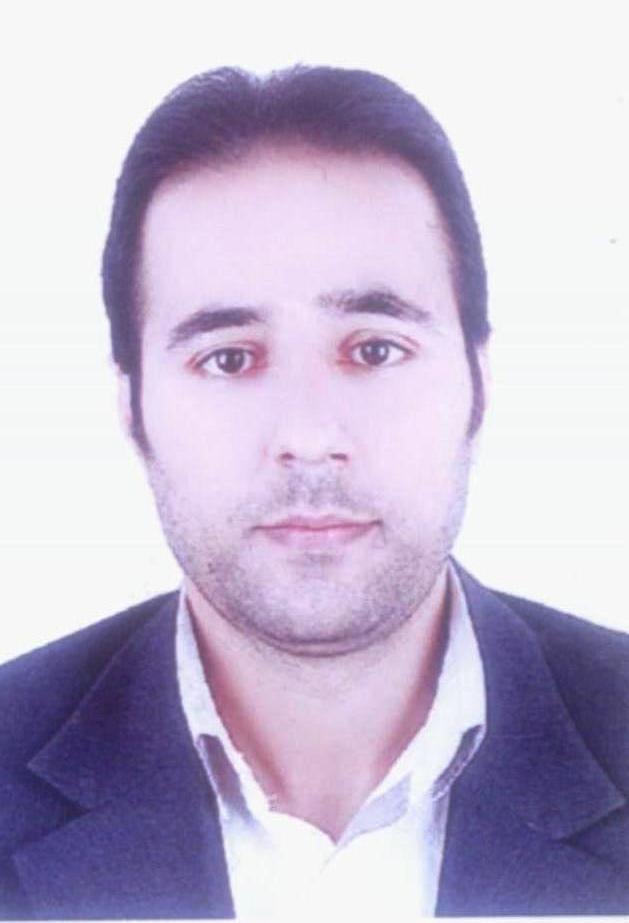 |
Hassan Safari Naderi 2014(1393) to |
|
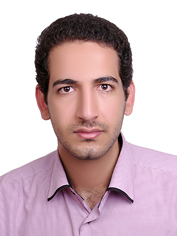 |
Saeed Abbasi 2016(1395) to |
|
MSc students
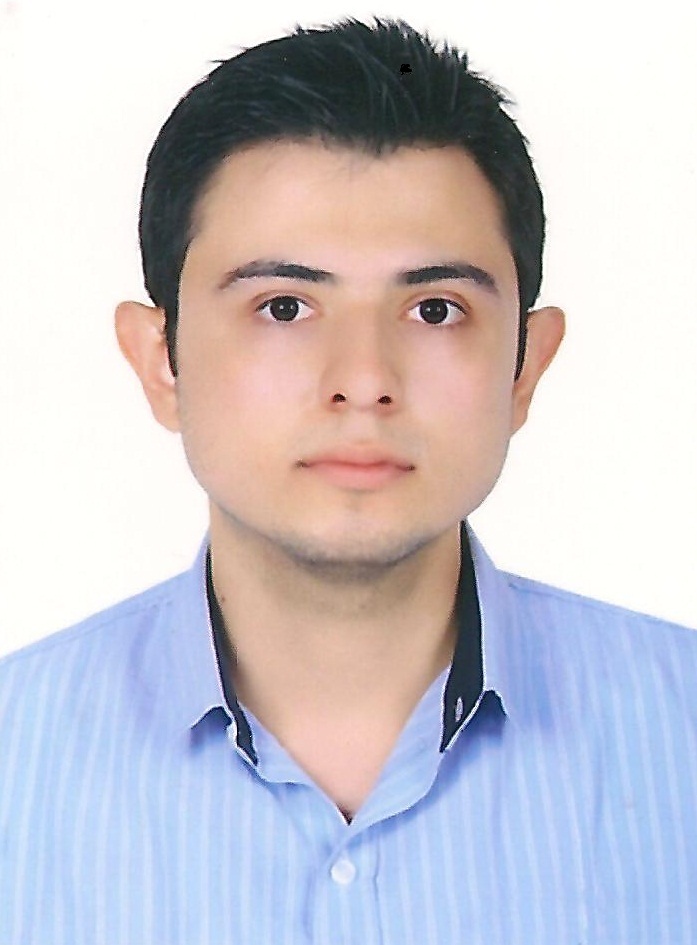 |
Keivan Nalaie 2014(1393) to 2017(1396) |
|
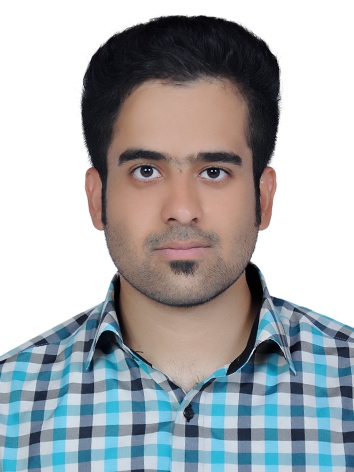 |
Nasrollah Ghorbani 2014(1393) to 2017(1396) |
|
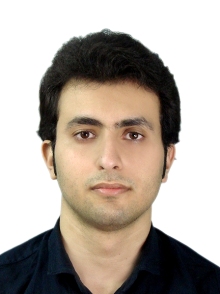 |
Ramin Zarei 2014(1393) to 2017(1396) |
|
 |
Ashkan Sadeghi Lotfabadi 2014(1393) to 2017(1396) |
|
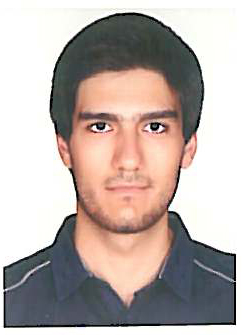 |
Mohammad Reza Gharaee 2014(1393) to 2017(1396) |
|
Graduated MSc students
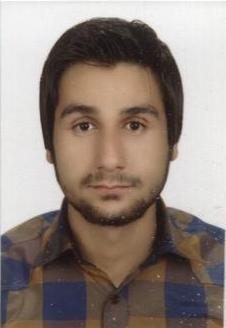 |
Mostafa Rafiee 2013(1392) to 2016(1395) |
A novel hidden conditional random field with structured units |
| Probabilistic graphical models with hidden layer provide a powerful framework for labeling a sequence of observations. Hidden conditional random fields (HCRFs) are among discriminative models that exploit hidden variables and learn some set of shared weights for all frames. Allocation of only a single variable to each frame has restricted this model in appropriate discovery of the structures within data. Inspired by HCRF, we propose a model consisting of two layers of hidden variables. In the proposed model, the upper hidden layer consists of a hidden variable associated with each frame that is connected to the output variable of that frame and the hidden variables of the adjacent frames. Associated with each hidden variable in the upper layer, there exists a chain with fixed length of hidden variables of the lower with non-shared weights such that all of its variables are connected to the hidden variable of the upper layer. The proposed model allows one to choose the number of states of each hidden variable of the chain differently. We also introduces another model with a very similar structure which assigns a single label to the whole sequence. We evaluated the proposed method on the task of activity recognition. Experiments show that our proposed method has higher accuracy compared with other important models that had been proposed for this task. The existing implementations of the HCRF and LDCRF models require lots of time and memory to work on large datasets with many labels. Since one of the earlier goals of this research was segmentation of printed Persian texts, in this research we propose methods for solving the time and memory problems of these models during training. | مدل های گرافی احتمالاتی با لایه مخفی چارچوبی قدرتمند برای برچسب دهی به دنباله ای از مشاهدات را فراهم می کنند. میدان تصادفی شرطی با حالات پنهان از جمله مدل های تفکیکی است که از متغیر مخفی استفاده کرده و وزن های مشترکی را برای تمامی قاب ها یاد می گیرد. اختصاص تنها یک متغیر مخفی به هر قاب باعث شده این مدل نتواند ساختارهای موجود در داده ها را به خوبی کشف نماید. ما با الهام از میدان تصادفی شرطی پنهان مدلی با دو لایه از متغیرهای مخفی معرفی می کنیم. لایه مخفی بالایی در مدل پیشنهادی شامل یک متغیر مخفی برای هر فریم است که به متغیر برچسب خروجی متناظر با آن فریم و نیز متغیرهای مخفی فریم های مجاور متصل است. متناظر با هر متغیر مخفی در لایه بالایی، زنجیری با طول ثابت از متغیرهای مخفی لایه زیرین و وزن های غیر اشتراکی وجود دارد که تمام متغیرهای آن به متغیر مخفی لایه بالا متصل هستند. مدل پیشنهادی اجازه می دهد که تعداد حالات مخفی برای هرکدام از متغیرهای پنهان عضو زنجیر متفاوت انتخاب شود. این کار باعث می شود که سرعت و کیفیت استنتاج بهبود یافته و امکان انتساب ناهمسان اهمیت به تک فریم ها فراهم شود. همچنین مدل دیگری نیز با ساختاری بسیار مشابه معرفی کردیم که به کل دنباله یک برچسب اختصاص می دهد. برای ارزیابی مدل پیشنهادی از کاربرد تشخیص حرکت استفاده کردیم. آزمایش ها نشان می دهند که مدل پیشنهادی ما از دقت بالاتری نسبت به سایر مدل های مهم مطرح شده در این حوزه برخوردار است. پیاده سازی موجود برای میدان تصادفی شرطی پنهان در دادگان بزرگ و با برچسب زیاد نیاز به زمان و حافظه برای آموزش پارامترها دارد. از آنجا که یکی از اهداف اولیه این تحقیق بخش بندی متون چاپی فارسی بوده است، ما در این تحقیق راهکارهایی را برای حل مشکل زمان و حافظه این مدل ها در مرحله آموزش ارائه دادیم. | |
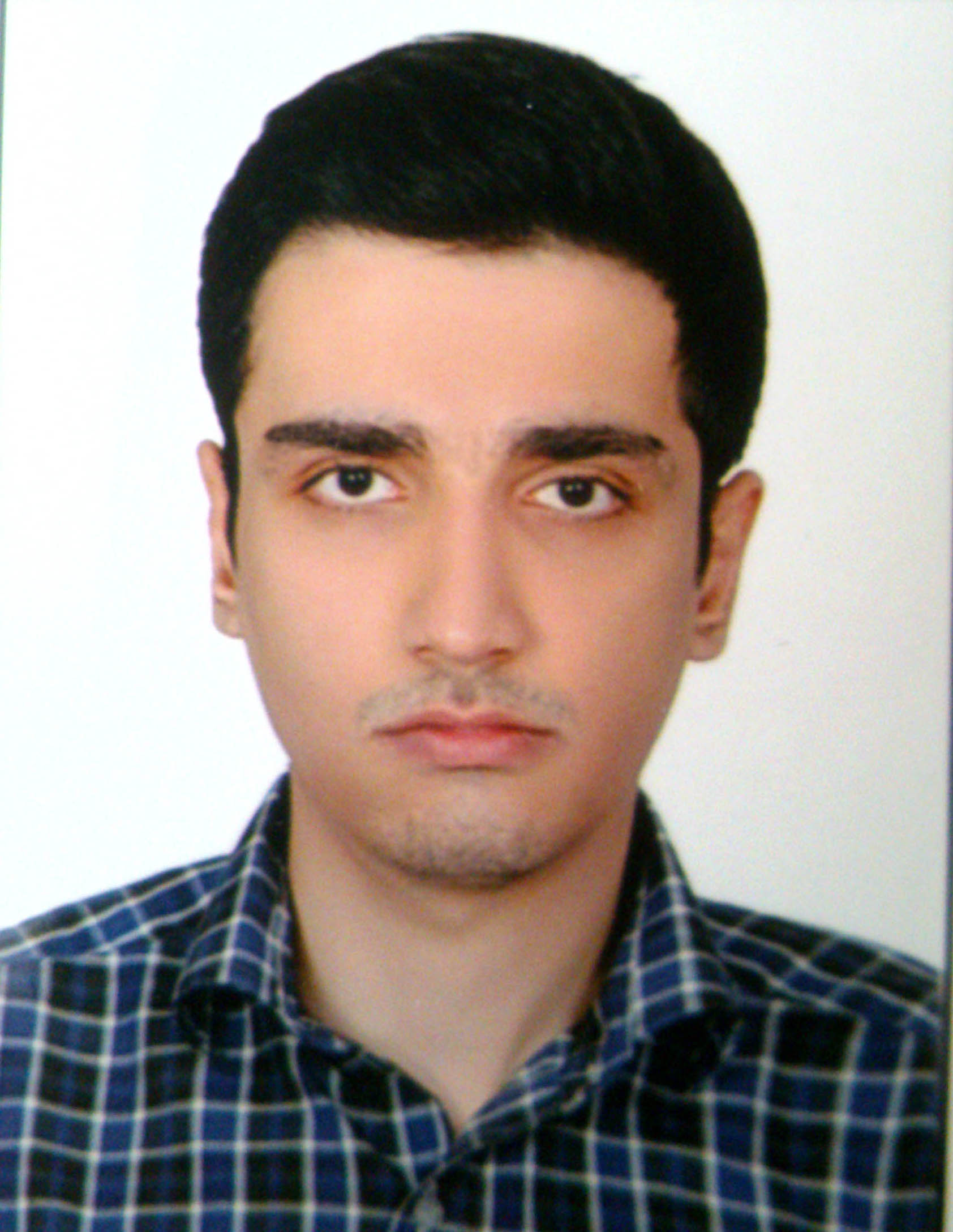
| Amir Ahooye Atashin 2013(1392) to 2016(1395) |
Training LDCRF model on unsegmented data sequences |
| Many machine learning problems such as speech recognition, gesture recognition, and handwriting recognition are concerned with simultaneous segmentation and labeling of sequence data. Latent-dynamic conditional random field (LDCRF) is a well known discriminative method that has been successfully used for this task. However, LDCRF can only be trained with pre-segmented data sequences in which the label of each frame is available a priory. In the realm of neural networks, the invention of connectionist temporal classification (CTC) made it possible to train recurrent neural networks on unsegmented sequences with great success. In this paper, we use CTC to train an LDCRF model on unsegmented sequences. Experimental results on two gesture recognition tasks show that the proposed method outperforms LDCRFs, hidden Markov models, and conditional random fields. | بسیاری از مسائل یادگیری ماشین همچون تشخیص گفتار، تشخیص دست خط و تشخیص حرکت به امر برچسب زنی و قطعه بندی به صورت هم زمان بر روی دنباله داده ها مربوط می شوند. میدان تصادفی شرطی پویای پنهان (LDCRF) یک مدل متمایزگرا و شناخته شده است که با موفقیت بر روی این مسائل مورداستفاده قرارگرفته است. با این حال مدل LDCRF تنها می تواند بر روی دنباله داده های از پیش بخش بندی شده که برچسب هر فریم از آن در دسترس است، آموزش ببیند. در حوزه ی شبکه های عصبی مصنوعی خلق طبقه بندی زمانی پیوند گرا (CTC) این امکان را برای شبکه های عصبی بازگشتی فراهم کرد تا بر روی دنباله داده های بخش بندی نشده آموزش ببینند و موفقیت های بسیار بزرگی در مسائل طبقه بندی دنباله داده ها کسب کنند. در این تحقیق ما از CTC استفاده کردیم تا بتوانیم مدل LDCRF را مستقیماً بر روی دنباله داده های بخش بندی نشده تعلیم دهیم. آزمایش های ما بر روی دو پایگاه داده تشخیص حرکت انجام می شود و نتایج آن با برخی از مدل های رایج به کار رفته در مسائل طبقه بندی دنباله داده ها مقایسه می شود. | |